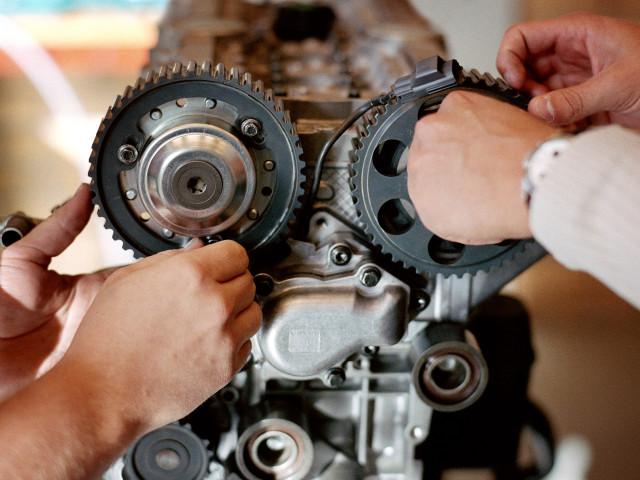- Three lectures (2x45 min) covering (i) modelling and approximations, (ii) turbulence scales and modelling and (iii) grid design as well as quality and best practice. During the lectures a home assignment will be made in three steps (see examination).
- Invited speakers presenting commercial and/or research CFD packages.
- One day introduction and hands-on practice in one commercial or research CFD package including grid generation, computation and data analysis. Information how to utilise the supercomputing facility at KTH (PDC).
- Solve one selected industrial or research problem in a project group of max four students. This includes to define and perform a complete CFD analysis, analyse the quality and trust in the results and to do some parametric study. The project will be reported and presented at a seminar in the end of the course.
SG2213 Applied Computational Fluid Dynamics 3.0 credits
This course has been discontinued.
Decision to discontinue this course:
No information inserted
Information per course offering
Course offerings are missing for current or upcoming semesters.
Course syllabus as PDF
Please note: all information from the Course syllabus is available on this page in an accessible format.
Course syllabus SG2213 (Autumn 2022–)Content and learning outcomes
Course contents
Intended learning outcomes
This project course will give you hands-on experiences in computational fluid mechanics (CFD). You will get some insights in the major difficulties in performing CFD computations with good quality and trust and the importance of experiences in basic fluid mechanics phenomena. You will also get some information in similarities and differences in different CFD packages, commercial as well as research codes. The complete process from assumptions and simplifications, mesh design, computation and analysing the results will be covered.
After completing the course you should be able to perform a complete CFD analysis using a commercial or research CFD package.
In specific, you should be able to:
- identify and motivate different approximations and modelling choices in order to be able to complete the analysis within given computational resources,
- chose and specify boundary conditions and initial conditions in relation to chosen models and level of approximations,
- chose the topology and dimensions of the computational grid in relation to chosen models and level of approximations,
- and identify the limitation of the analysis and different sources of errors and how to assess and improve the quality and trust in your computational results.
Literature and preparations
Specific prerequisites
English B / English 6
SG2212 Computational Fluid Dynamics.
Literature
Examination and completion
Grading scale
Examination
- PRO1 - Project, 3.0 credits, grading scale: A, B, C, D, E, FX, F
Based on recommendation from KTH’s coordinator for disabilities, the examiner will decide how to adapt an examination for students with documented disability.
The examiner may apply another examination format when re-examining individual students.
If the course is discontinued, students may request to be examined during the following two academic years.
Other requirements for final grade
Homework and computer assignments (LAB1; 3 university credits).
Examiner
Ethical approach
- All members of a group are responsible for the group's work.
- In any assessment, every student shall honestly disclose any help received and sources used.
- In an oral assessment, every student shall be able to present and answer questions about the entire assignment and solution.
Further information
Course room in Canvas
Offered by
Main field of study
Education cycle
Supplementary information
Replaced by SG2224.